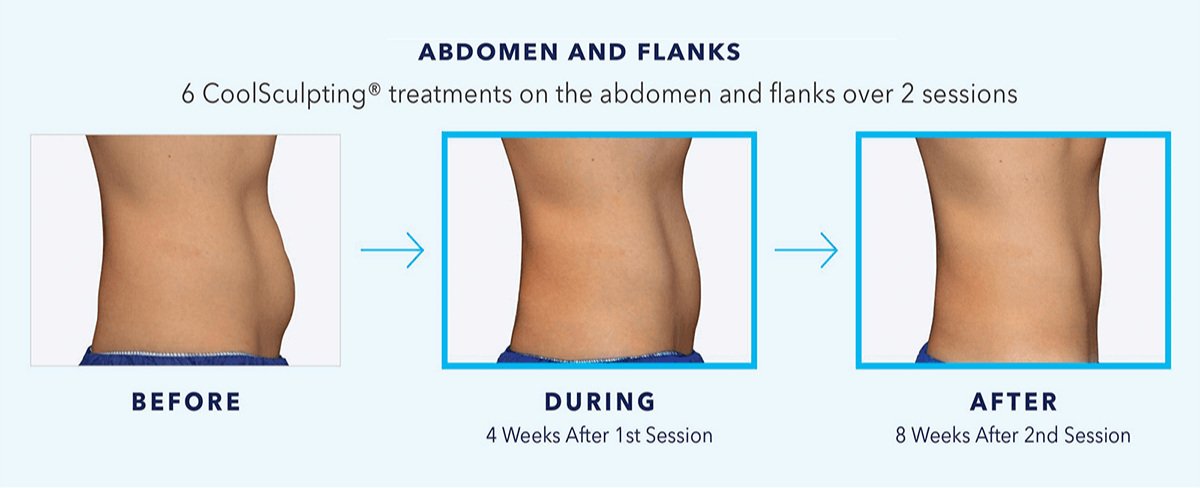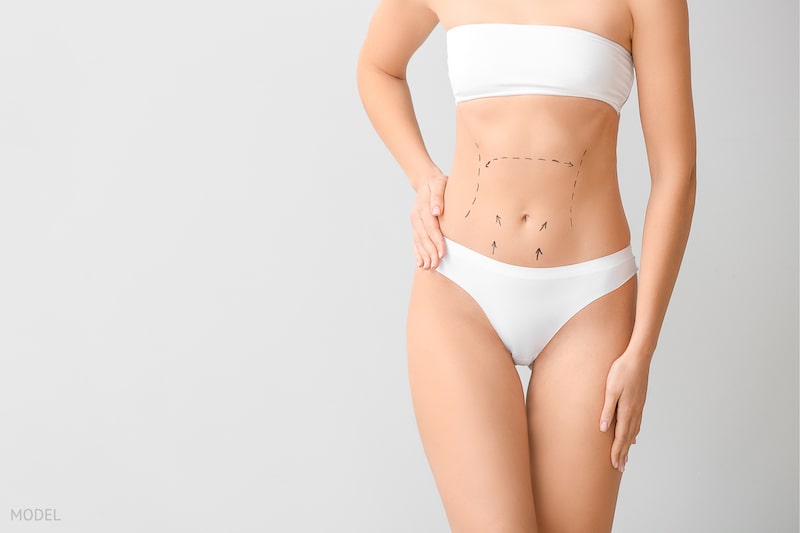Body contouring Carrollton
PROCESSING

One such device is the LipiVage, which combines fat harvesting, washing, and transferring to another organ. It may be beneficial for surgeons who are less experienced to use closed methods for harvesting and processing fat grafts, in order to obtain more reproducible results in terms of adipocyte viability and tissue structure. A number of other closed systems have been developed and are used clinically by surgeons. It is also possible to make an artificial tissue from a fat graft using closed systems such as the PureGraft system (from Cytori Therapeutics, San Diego, CA), the Revolve system (from LifeCell, Branchburg, NJ), and the LipoKit (from Medi-Khan, West Hollywood, CA). Each of these devices, which combine harvesting of grafts and processing of the grafts, may be useful in the future for large-volume fat grafting. Although several of these devices have been developed, they are not well accepted by surgeons because of their high cost and unconfirmed effectiveness.
Khouri et al recommended using a low-pressure (300 mm Hg) and a low-force centrifuge (20 to 25 g for 2 to 3 minutes) to harvest fat grafts in large volumes and to process them afterward.
PROCESSING


Several methods have been proposed to effectively remove the anesthetic solution and other cellular debris from the grafted fat cells. 13. The best method for performing the first stage of fat grafting surgery is currently the most controversial topic in the field of fat grafting. It is controversial whether centrifugation of lipoaspirate is necessary to separate the fat from the surrounding tissue or not.
Processing fat cells by centrifugation.


Centrifugation is part of the Coleman method for removing fat, and most of the clinical trials supporting its use show that it is effective. There are several advantages to centrifugation as described in the section below. There are more viable cells in the bottom of the fat graft after centrifugation even at a force of 50 g for 2 minutes, based on viable cell counts; this results in easier manipulation of the fat graft and a higher level of reliable grafting ability. There are several reasons why centrifugation is advantageous. It can help to separate adipocytes and ADSCs and also provide other growth factors. Because a higher content of adipocytes or angiogenic growth factors increases the likelihood that a fat graft will survive in both experimental and clinical studies, using 17 centrifugation at 3000 rpm for 3 minutes seems to offer more benefits. This is because it concentrates adipocytes and other angiogenic growth factors. Allen et al., in an animal model of optimal fat-grafting density, found that higher density grafts have better survival than those with lower density grafts. Being able to select a better number and a different density of fat grafts may result in different but more predictable outcomes after fat grafting. Centrifugation may be an acceptable method of processing small amounts of fat grafts.
Liposomal content will be dissolved by centrifugation, and fat will be deposited in the upper layer and fluid will settle in the middle layer. Oil can be extracted by emptying the syringe and washing the tip with clean water. The crude oil can be separated from the fatty tissue by centrifugation using a cotton strip or a swab. Even the liquid from the bottom of the syringe is easily drainable once the plug at the Luer-Lok aperture is removed. We obtain a mixture of oils, fats, and liquid that contains both fatty and liquid components.
